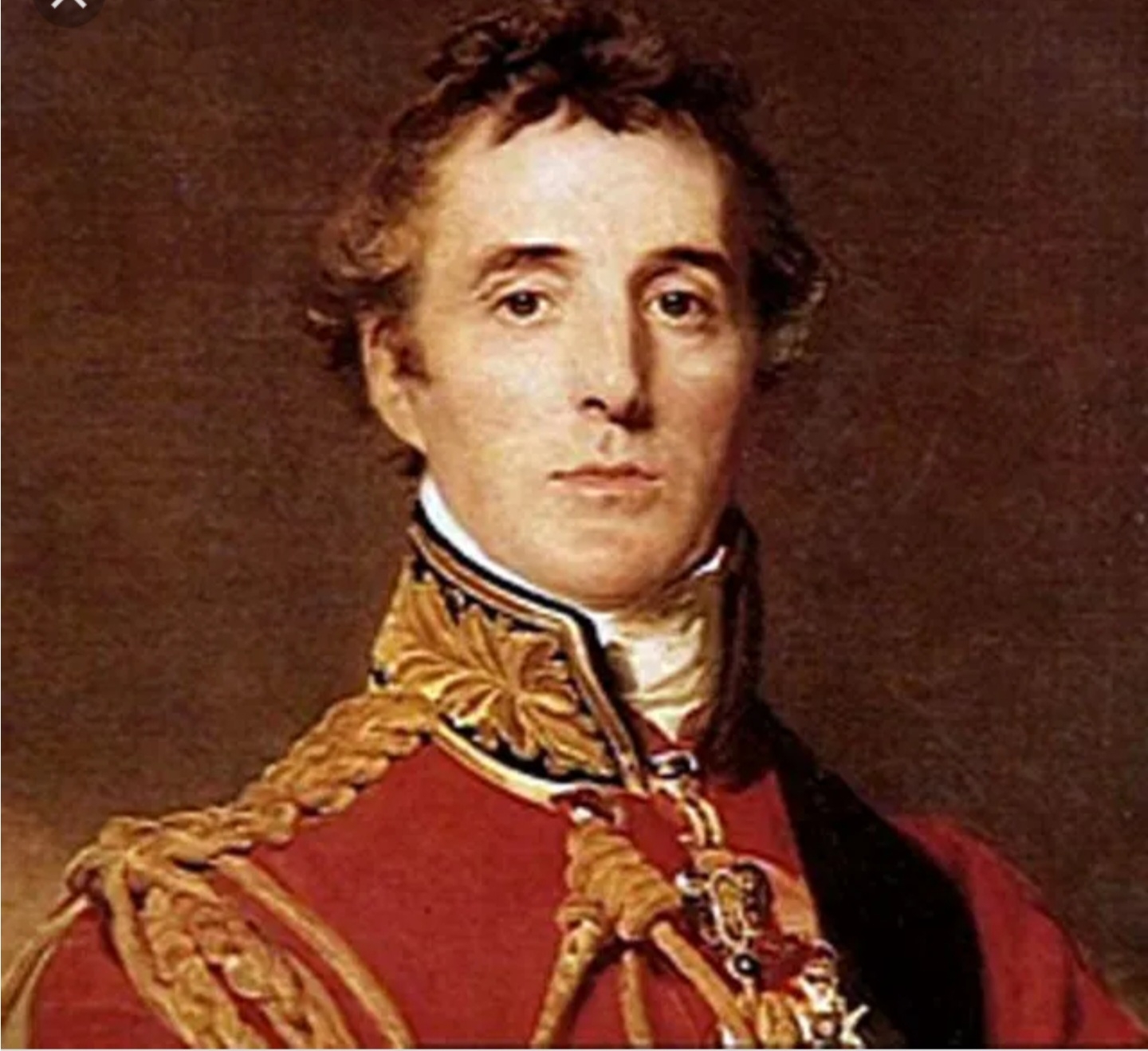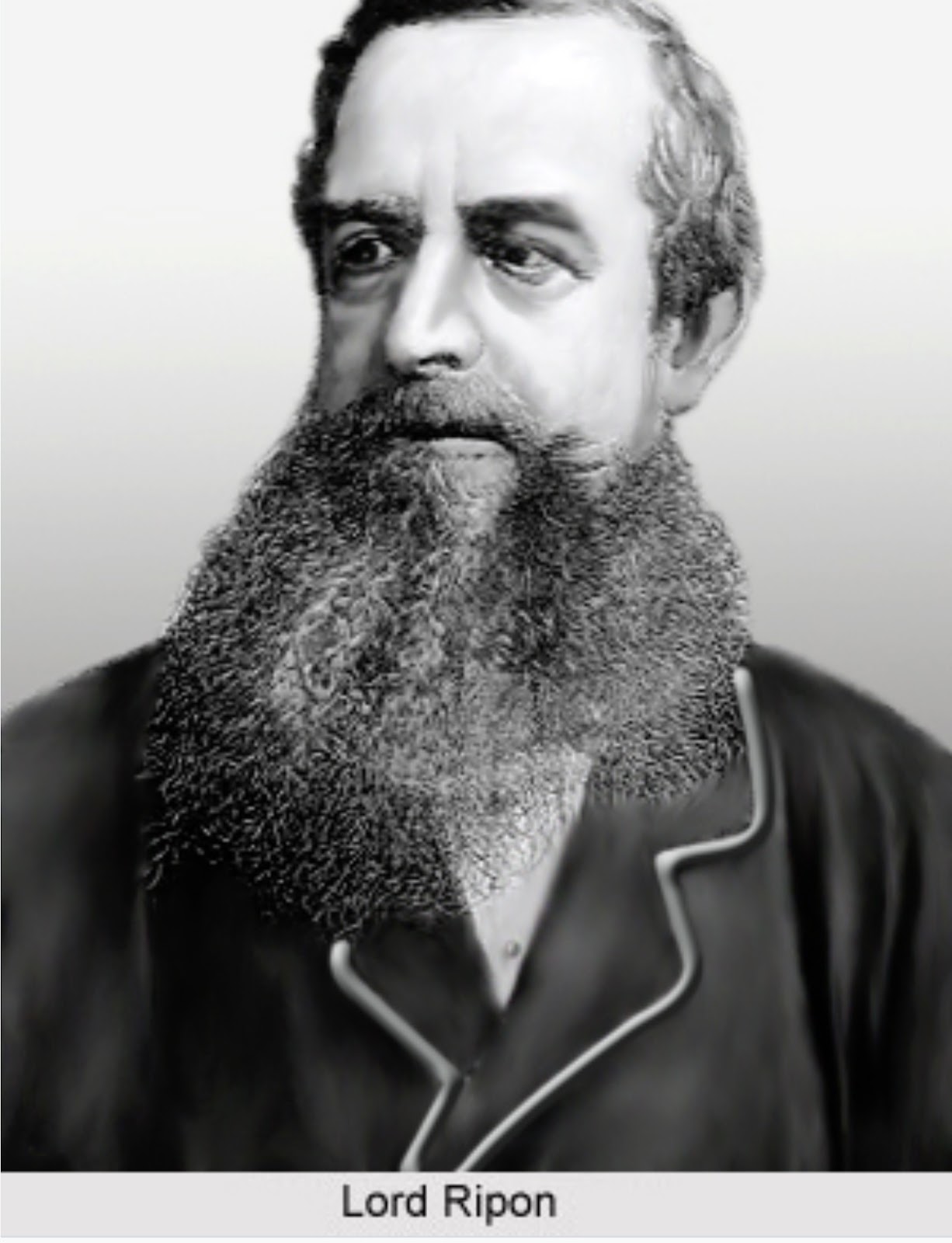During the period of British colonial rule in India, there were several British governors who implemented positive reforms that had a significant impact on various aspects of Indian society. Here are some notable British governors in India and their positive reforms:
Lord William Bentinck (1828-1835):
- Abolition of Sati: Bentinck banned the practice of Sati, the act of a widow self-immolating on her husband's funeral pyre, which was a significant step towards women's rights and ending harmful traditions.
- Suppression of Thugs: He initiated efforts to suppress the notorious Thuggee cult, which was involved in robberies and murders across India, leading to a decline in their activities.
Lord Dalhousie (1848-1856):
- Modernization of Infrastructure: Dalhousie played a crucial role in developing modern infrastructure in India. He introduced the railways, telegraph, and postal systems, which greatly improved communication and transportation.
- Educational Reforms: He encouraged the spread of education by establishing several schools and colleges, including the renowned Indian Engineering College at Roorkee and the University of Bombay.
Lord Ripon (1880-1884):
- Local Self-Government: Ripon introduced the concept of local self-government or municipal governance in India. The Local Self-Government Act of 1882 allowed Indians to participate in the administration of their towns and cities.
- Reduction of Salt Tax: He reduced the tax on salt, which was a significant burden on the poor, making it more affordable and accessible to the general population.
Lord Curzon (1899-1905):
- Archaeological Conservation: Curzon took initiatives to conserve and protect India's rich cultural heritage. He established the Archaeological Survey of India and enacted the Ancient Monuments Preservation Act, which safeguarded historical sites.
- University Reforms: He introduced reforms in the Indian university system, emphasizing academic standards, improving infrastructure, and promoting research. This laid the foundation for the growth of higher education in India.
Lord Willingdon (1931-1936):
- Labor Reforms: Willingdon implemented various labor reforms to improve working conditions and protect workers' rights. He introduced the Trade Disputes Act and the Madras Labor Welfare Fund Act, among others.
- Agricultural Reforms: He introduced measures to alleviate the agrarian crisis, including the Madras Agriculturists' Relief Act, which aimed to provide debt relief to farmers.
It is worth noting that while these governors introduced positive reforms, the overall impact of British colonial rule in India was mixed, and it also had many negative consequences for the country. The reforms mentioned here should be seen in the context of the larger colonial system and its complexities.








No comments:
Post a Comment